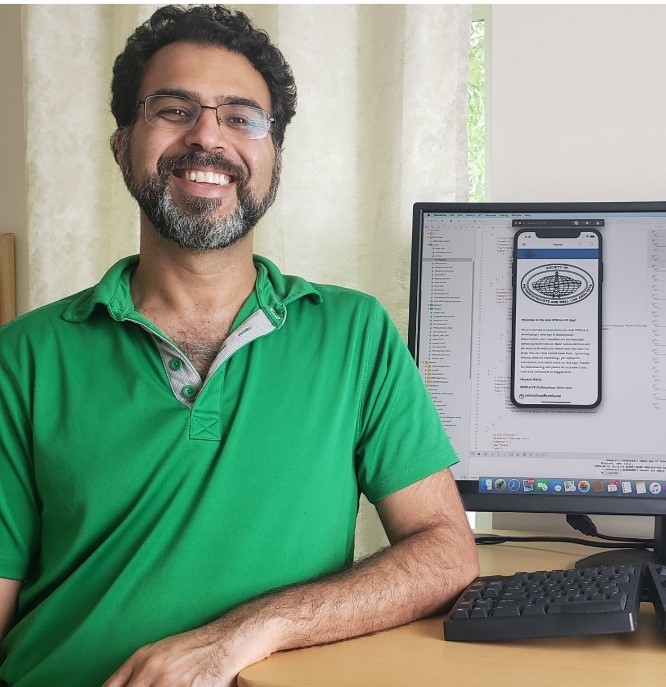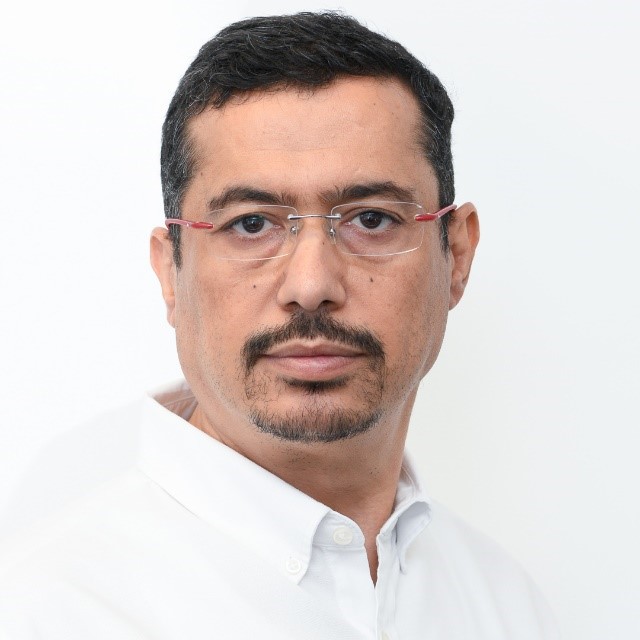Session 4
Wednesday, October 28th
8:00am – 9:00am US Central Time
8:00 AM
Maximizing Value from Mudlogs: Integrated Approach to Determine Net Pay - Malik, Mayank, Chevron USA

Mayank Malik is the Appraisal Petrophysicist in Chevron’s Deepwater Gulf of Mexico Business Unit. He holds 3 degrees from three countries: B.S. in Mechanical Engineering from Delhi College of Engineering (India), M.S. in Mechanical Engineering from University of Toronto (Canada), and Ph.D. in Petroleum Engineering from The University of Texas at Austin (USA). He is the founder and past-Chairman of the SPWLA Formation Testing Special Interest Group (FT-SIG). Mayank served as the Associate Editor for the Petrophysics Journal (2016-19). He was a SPE Distinguished Lecturer and a SPWLA Distinguished Speaker for 2016-17. He is currently serving as the VP-Publications on the SPWLA board and recently developed the SPWLA iOS/Android apps. In his leisure time, Mayank has a passion for growing citrus and peach trees in Houston.
.ABSTRACT: In the current business environment, operators are increasingly striving to reduce logging expense when possible, while maintaining safety of the drilling operations. Mudlogging has been remarkably successful through the oil industry downturn due to the value of information derived from the analysis as well as the relatively low cost. Information about the lithology and fluid content of the borehole during drilling is important for drilling optimization and qualitative petrophysical assessment.
This paper takes mudlogs a step further to quantify net pay and estimate reserves in low permeability reservoirs where traditional log analysis is challenging. Methods will be described for estimating gas-in-mud based on characterized gas measurement systems and obtain bulk volume of gas per volume of rock drilled. Corrections are discussed for mud gas systems based on their mechanical operating parameters of mud flow into the gas extractor, gas sample suction rate out of the gas extractor, recirculated gas, and estimated gas extraction efficiencies. Applying these corrections yields normalized bulk gas volume and gas-oil ratio which is calibrated with the petrophysical assessment from wireline logs and PVT samples. Finally, correlations between bulk hydrocarbon volume and permeability are used to estimate volumetrics.
Case studies presented show that the calibrated mudlogs can be used for quantitative assessment of bulk volume of hydrocarbons in high-angle/horizontal-wells where conveying wireline logs might be challenging. Pay flags computed from the mudlog interpretation can be used to guide completion decisions. Additionally, GOR estimates derived from mudlogs can be used for fluid typing and optimizing the fluid sampling program in deepwater development wells. Results presented clearly show that mudlogs can provide continuous, real-time, and quantitative petrophysical assessments.
8:30 AM
Formation Sampling in Ultra-Low Mobility Reservoirs with the Aid of Targeted Stimulation - Mustapha Berkane, Saudi Aramco
 Mustapha Berkane is a subject matter expert in Formation Testing and Sampling with Saudi Aramco focusing on wireline and LWD operations. Graduated as a Geophysicist from the Algerian Petroleum Institute in 1994 with more than 25 years of experience spanning between Schlumberger, Baker Hughes and Saudi Aramco. Starting in January 1995 as a wireline Field engineer in North Africa with the focus on remote location followed by several assignments in the UK, Norway and middle Est. The work experience covers several assignments in the field, management, technical support and sales before joining Saudi Aramco as senior Petrophysicist in 2014 before being assigned as the Formation Testing and sampling SME in 2018.
Mustapha Berkane is a subject matter expert in Formation Testing and Sampling with Saudi Aramco focusing on wireline and LWD operations. Graduated as a Geophysicist from the Algerian Petroleum Institute in 1994 with more than 25 years of experience spanning between Schlumberger, Baker Hughes and Saudi Aramco. Starting in January 1995 as a wireline Field engineer in North Africa with the focus on remote location followed by several assignments in the UK, Norway and middle Est. The work experience covers several assignments in the field, management, technical support and sales before joining Saudi Aramco as senior Petrophysicist in 2014 before being assigned as the Formation Testing and sampling SME in 2018.
ABSTRACT: Obtaining PVT quality samples from low to ultra-low mobility reservoirs is a common challenge and the use of wireline formation straddle packer tools or well testing have been the traditional approach. These techniques have several limitations, not only in their often-limited success, but also in high cost and/or their environmental impact. In this presentation, an innovative method to address the difficulties presented by thin and low mobility carbonate reservoirs will be introduced in the form of a surgical stimulation approach using a wireline formation tester tool.
Methodology. The innovative technique presented in this paper leverages existing Test-Stimulate-Test workflows, in-depth simulations and requires only minimal hardware modifications to existing modular wireline formation tester tools. In a single run, the stimulation and testing are performed with an existing wireline formation tester modified to perform an in-situ acid injection matrix stimulation followed by extended pre & post-stimulation Mini-DST operations. In addition to obtaining a quality sample, it is also possible to quantify the improvements in the reservoir permeability associated with the stimulation rather than the typical production logging runs.
Results and Discussions. The methodology provides several benefits such as; precise quantification of stimulation improvement ratios, collection of ultra-clean hydrocarbon PVT samples and accurate characterization of reservoir performance. An in-depth review of the value added and applications of this new surgical stimulation and testing technique are discussed as well as the newly introduced challenges with this application.
Summary and Conclusions. The results demonstrate how re-purposing existing technologies delivered an innovative and integrated cost-effective solution for the assessment of ultra-low mobility reservoirs.
**IMPORTANT Required Action to COMPLETE Webinar Registration:**
Complete checkout with SPWLA registration page
(Fees: FREE to current members and Non-Members are $25.00)